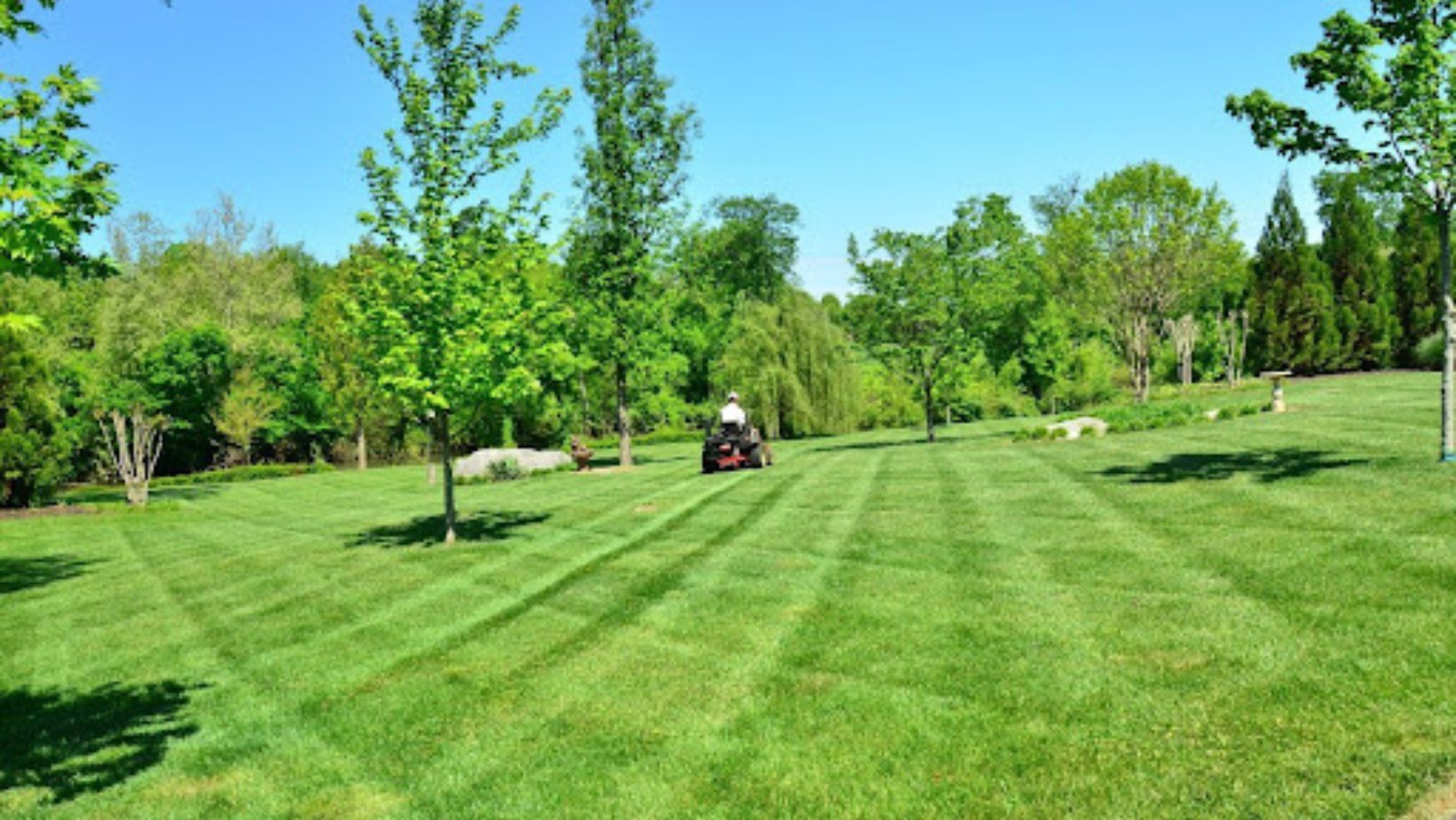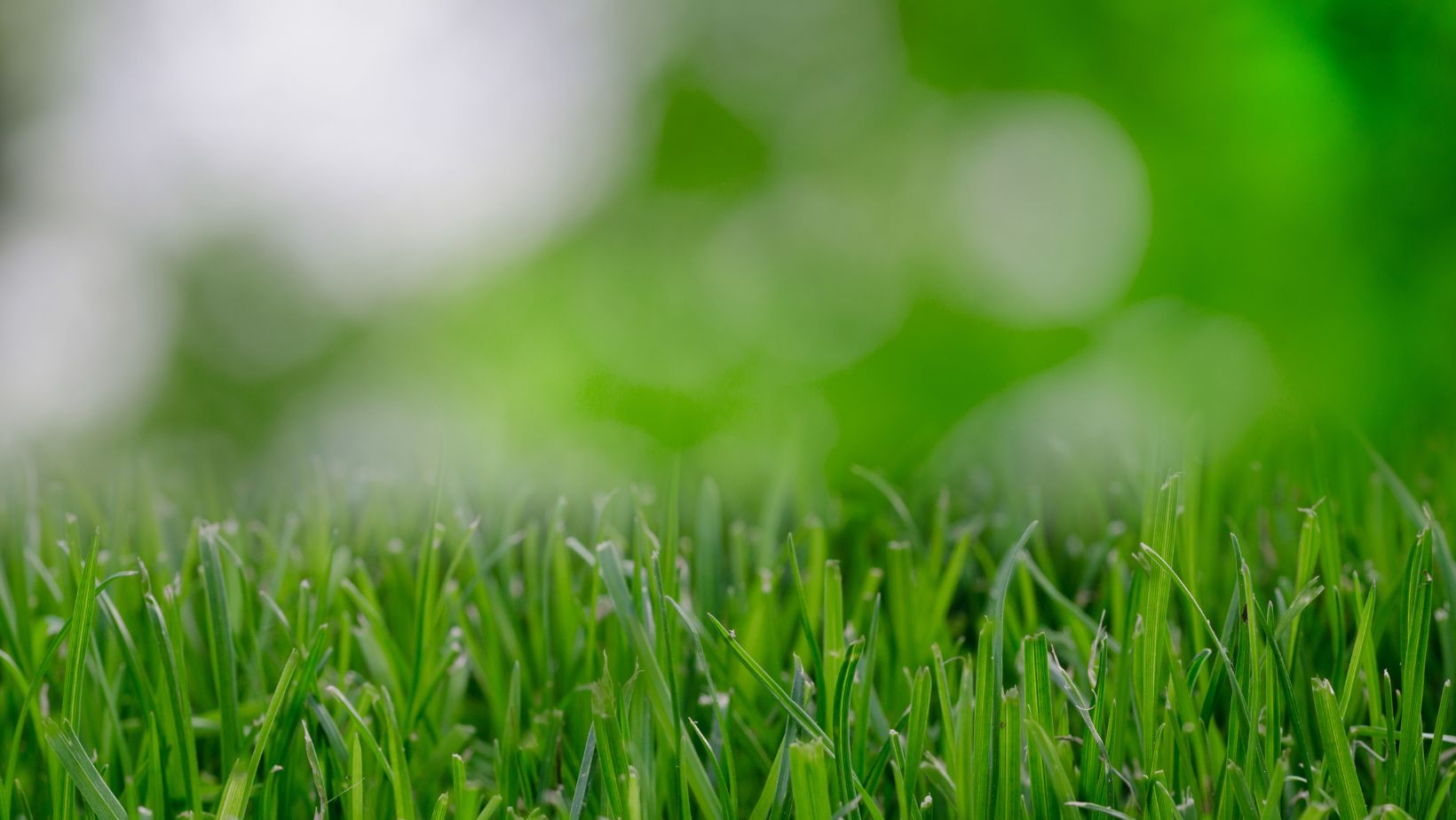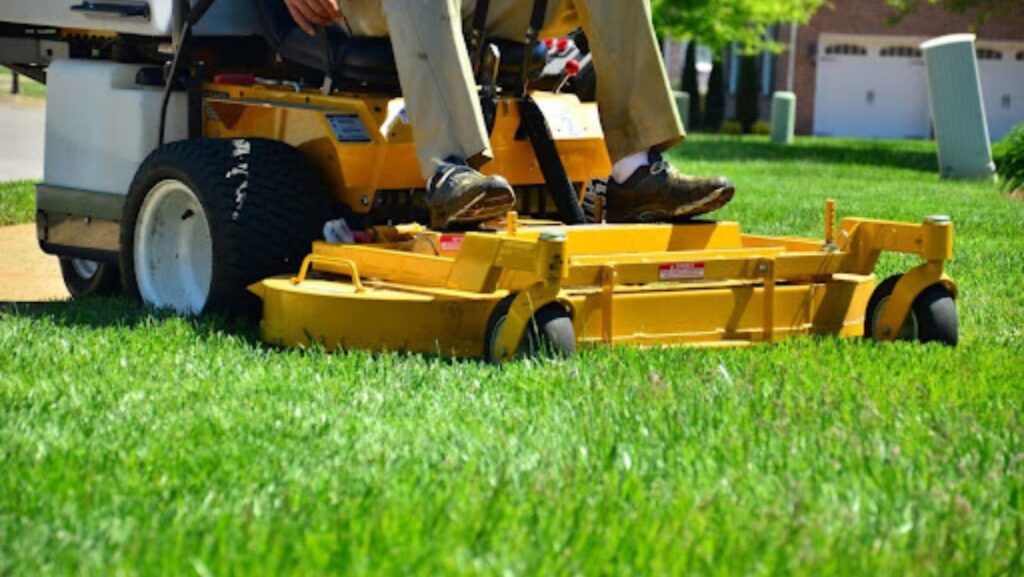A well-maintained garden and lawn can significantly enhance the aesthetic appeal of your home, creating a welcoming environment for family, friends, and guests. Whether you have a sprawling backyard or a compact front lawn, taking the time to nurture your green spaces can reap countless rewards.
In this guide, we will explore essential tips and techniques for keeping your garden vibrant and your lawn lush, regardless of the season. From selecting the right plants to effective watering practices, these strategies will help you cultivate an outdoor space that reflects your style and thrives year-round.
Choosing the Right Plants
Selecting the right plants for your garden is crucial for ensuring a thriving environment. Consider the climate in your area, as different plants have varying tolerance to temperature and moisture levels. Native plants are often a great choice, as they are already adapted to local conditions and require less maintenance compared to non-native species. Additionally, think about the ideal growing conditions for each plant, such as sunlight exposure and soil type, to create a harmonious and sustainable ecosystem in your garden.

Incorporating a mix of perennials and annuals can also enhance your garden’s visual appeal throughout the seasons. Perennials return year after year, providing a reliable foundation, while annuals can add splashes of color on a seasonal basis. It’s also beneficial to plan for a staggered blooming schedule to ensure that your garden maintains interest and vibrancy all year long, keeping both your outdoor space and your spirits lifted.
Effective Watering and Mowing Practices
Watering is one of the most critical aspects of maintaining a healthy garden and lawn. Understanding the watering needs of your plants can prevent overwatering or underwatering, both of which can lead to stunted growth or even plant death. A general guideline is to water early in the morning or late in the afternoon when temperatures are cooler, allowing for maximum absorption without the risk of evaporation. Using drip irrigation systems or soaker hoses can also help deliver water directly to the roots, promoting a healthier and more efficient watering practice.
Mowing is another essential task in keeping your lawn looking fresh. Regular mowing helps maintain the grass at an optimal height, preventing it from becoming too long and thus prone to disease or pests. It’s best to mow when the grass is dry and avoid cutting more than one-third of its length at a time. As the folks behind the Worx robot lawn mowers add, electric mowers are lightweight. So much so, you can hang a mower in your garage. The majority of lawnmowers weigh between 30 and 40 pounds, with no worries about gas or oil leaking.
Maintaining Soil Health
Soil health is fundamental to the success of your garden and lawn. Healthy soil is rich in organic matter and possesses a good balance of nutrients necessary for plant growth. To improve soil quality, regularly incorporate compost, which enhances fertility and promotes microbial activity. This not only supports plant health but also improves soil structure, facilitating better drainage and root development. Additionally, consider rotating crops if you grow vegetables or herbs. This practice helps prevent nutrient depletion and reduces pest and disease buildup in the soil.
Dealing with Pests and Diseases
Pest control is an inevitable part of maintaining a garden but can be managed effectively with the right strategies. Start by identifying common pests in your area and monitor your plants for any signs of infestation. Encouraging beneficial insects such as ladybugs or lacewings can help keep harmful pests in check, creating a balanced ecosystem within your garden. Furthermore, using physical barriers like row covers can protect your plants from voracious pests while allowing necessary pollinators to access flowers. For more comprehensive pest management, consider reaching out to Waynes Pest Control in Biloxi for professional assistance.

If problems do arise, consider implementing organic or natural remedies before turning to chemical solutions. Options such as neem oil or insecticidal soap can be effective without harming beneficial organisms. Additionally, ensure you’re rotating plant varieties to reduce the likelihood of diseases taking hold in your soil. By staying vigilant and proactive, you can protect your green spaces while promoting a healthy and sustainable gardening environment.
Seasonal Care Tips
Caring for your garden and lawn requires adapting your maintenance practices to the changing seasons. In spring, focus on preparing your garden beds, removing debris, and planting new seedlings to set a strong foundation for growth. This is also an ideal time for fertilizing to replenish nutrients after winter. As summer approaches, regular watering and mulching become paramount to retain moisture and regulate soil temperature, ensuring your plants remain hydrated during the hottest months. When autumn arrives, remember to tidy up your garden by removing spent plants and leaves to reduce pest habitats.
Keeping your garden and lawn looking fresh is an ongoing journey that rewards patience, care, and commitment. By selecting the right plants, employing effective watering and mowing techniques, maintaining soil health, managing pests and diseases, and adapting your practices to the seasons, you can cultivate an outdoor space that not only enhances the beauty of your home but also provides a peaceful retreat for you and your loved ones. With the guidance outlined in this guide, you are well-equipped to create a vibrant and thriving garden and lawn that reflects your style and brings joy throughout the year.
